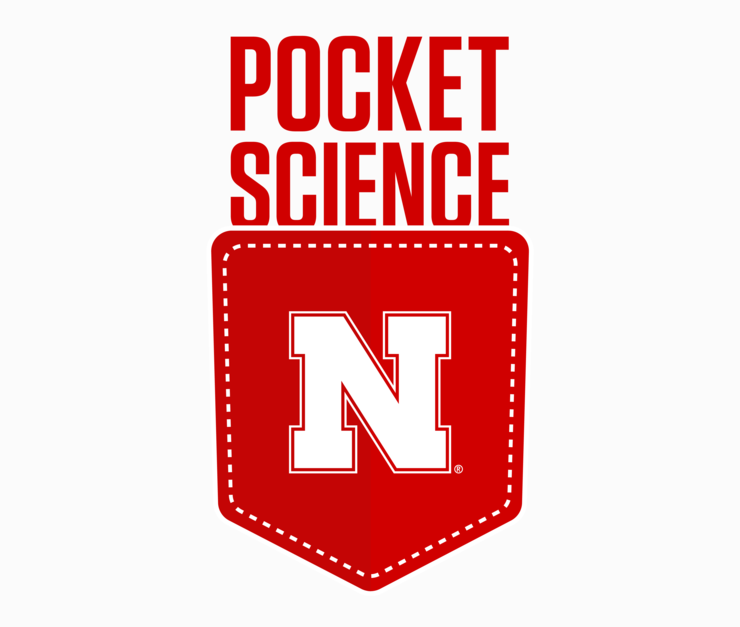· 3 min read
Early experiments show Ebola-fighting potential of engineered bacteria

Welcome to Pocket Science: a glimpse at recent research from Husker scientists and engineers. For those who want to quickly learn the “What,” “So what” and “Now what” of Husker research.
What?
Since its 1976 emergence in Africa, the Ebola virus has proven an especially lethal contagion, killing roughly 50% of the people who contract it. The 2019 FDA approval of a vaccine, combined with the subsequent development of two antibody-based drugs, marked unprecedented progress against one species of the virus. Yet the continuing threat posed by several other types of Ebola has left researchers in pursuit of additional treatments — particularly in developing regions of Africa, where limited infrastructure can impede the storage and deployment of vaccines.
So what?
One approach to combating viral threats has come in the form of a microbial counterpart: bacteria. In researching inhibitors of HIV, for instance, some researchers identified the promise of lectins, or bacteria-generated proteins that can selectively bind to the surfaces of viral particles, thereby neutralizing them.
Nebraska’s Shi-Hua Xiang, Joshua Wiggins and colleagues took a special interest in scytovirin, a type of lectin produced by cyanobacteria, likely the Earth’s first oxygen-producing organisms. Because scytovirin had shown some early success in inhibiting Ebola, the Husker team went about engineering two strains of lactic acid bacteria, which can safely colonize the human body, to display scytovirin on their own surfaces.
After constructing research-safe shells of Ebola particles, the virologists introduced them to the two bacterial strains. Their experiments revealed that one of the engineered strains, Lactococcus lactis, could neutralize roughly 54% of the Ebola particles — more than twice the rate of scytovirin-free L. lactis.
Now what?
Xiang, Wiggins and the team are now testing their bacteria-delivered antiviral in mice, where the virologists are determining whether the engineered L. lactis can neutralize Ebola the way it did in cell cultures. Passing that test could eventually lead to human trials.
If it does continue to perform, L. lactis — which is already used to make cheese and buttermilk — could become a relatively simple, inexpensive, long-term way to protect vulnerable populations against the devastating virus, the team said.









